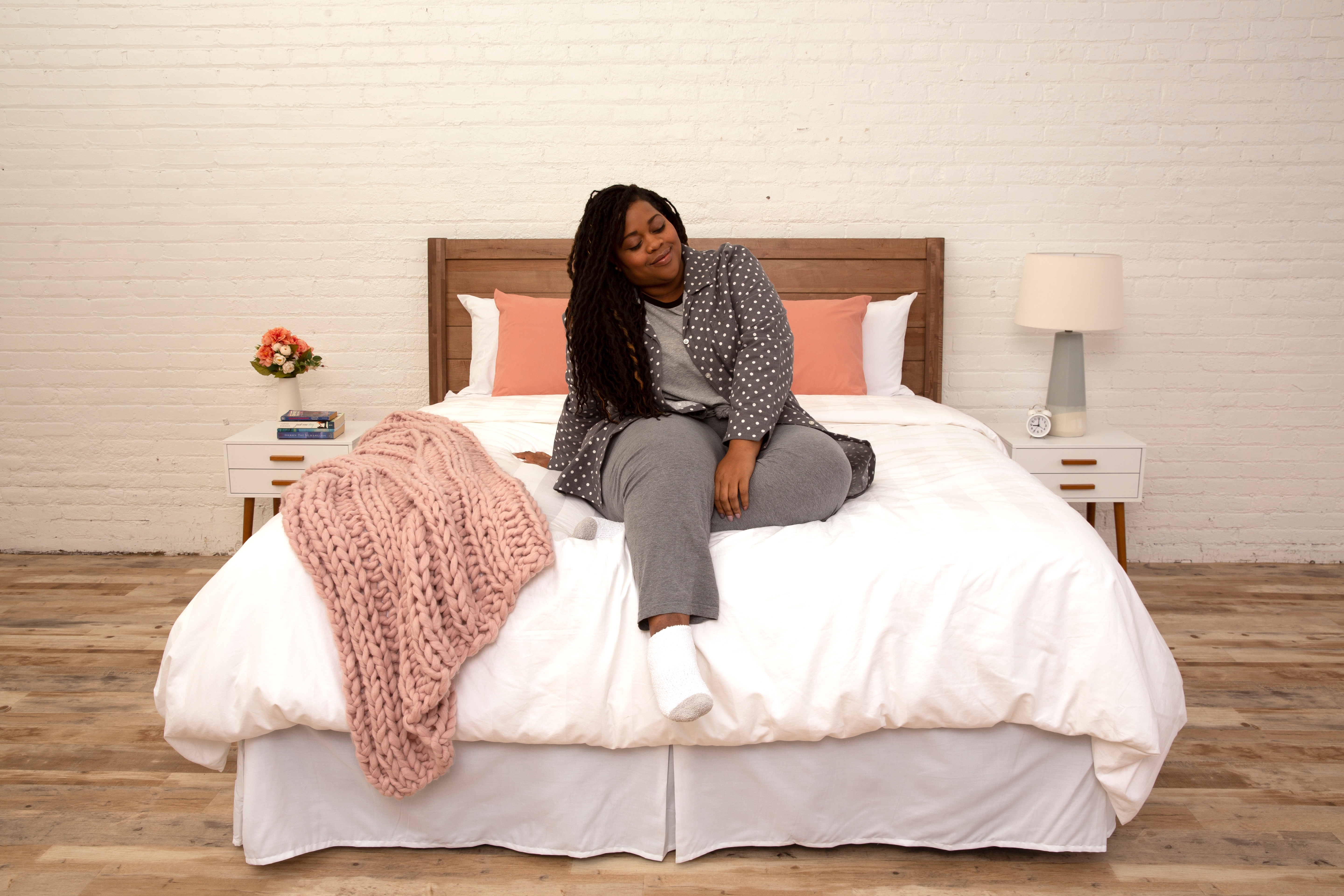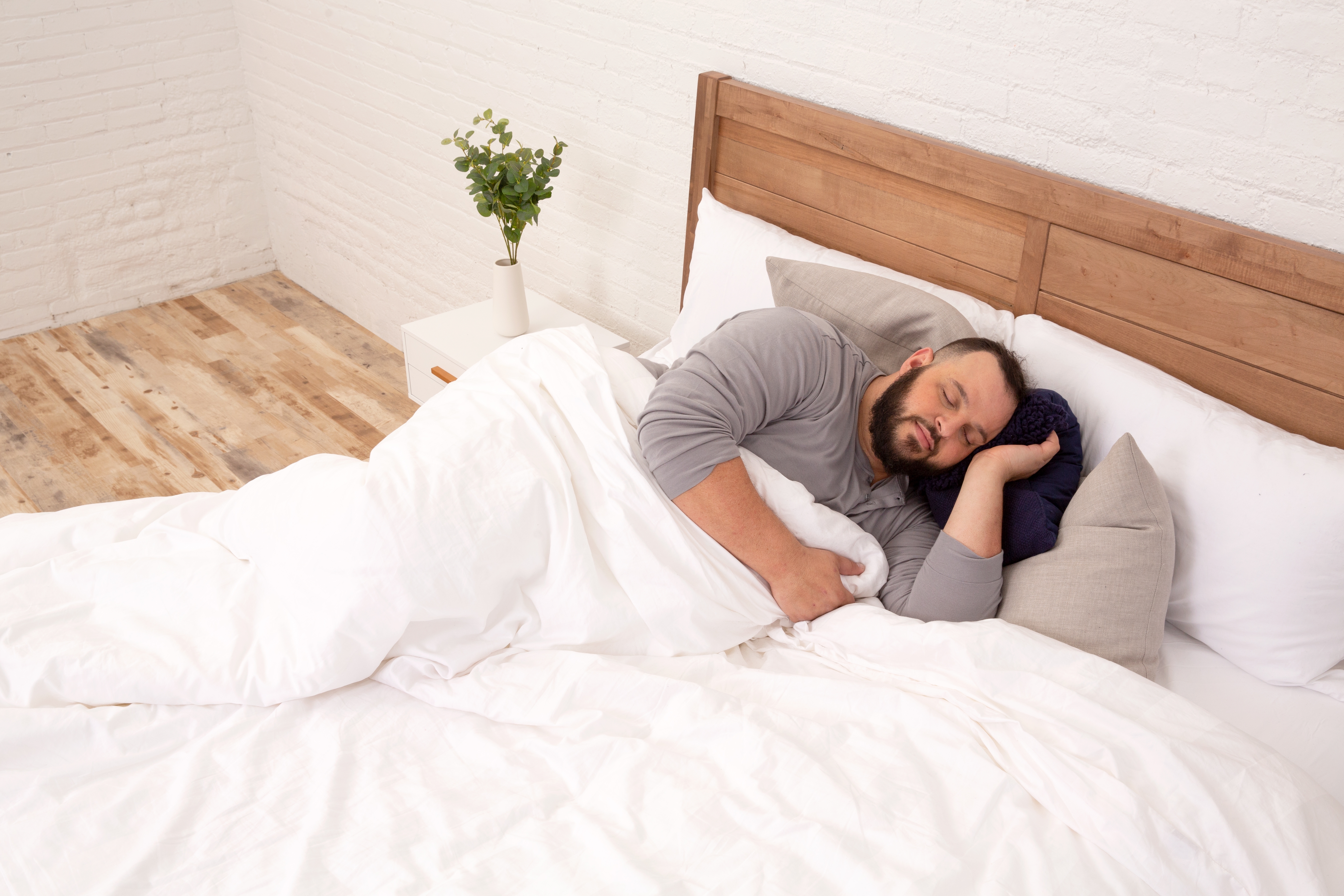How do you feel when the clocks spring forward or fall back for daylight saving time? If the answer is "a little off my game," you’re in good company! According to surveys from the American Academy of Sleep Medicine (AASM), nearly 60% of people report feeling tired after the time change. But don’t worry — there are ways to bounce back and keep your sleep on track. Let’s explore some simple, practical tips to help you snooze soundly, no matter what the clock says.
Understanding the Impact of Clock Changes on Sleep
Ever notice how your body doesn’t seem to care about the clock when daylight saving time rolls around? That’s because your internal body clock (aka circadian rhythm) runs on its own schedule, driven by natural light and dark cycles. Changing the clocks throws this rhythm out of sync, leaving many of us feeling groggy, grumpy, or just plain "off." The good news? Understanding how this disruption works can help you prepare and adjust, regardless of how much sleep you need.
Effects of Clock Changes
Adjusting to a new time can feel like a mini jet lag. Here are some of the most common daylight savings time sleep problems and how they can impact you.
- Interrupted Sleep Patterns: Suddenly losing or gaining an hour disrupts your sleep-wake cycle, making it harder to fall asleep or wake up.
- Disrupted REM Sleep: The time change can shorten REM (rapid eye movement) sleep, the stage crucial for dreaming, memory consolidation, and emotional balance, leaving you feeling foggy or irritable.
- Daytime Fatigue: Your body struggles to adapt, leaving you feeling tired and sluggish during the day.
- Mood Changes: The disruption can affect your mood, causing irritability or trouble concentrating.
- Health Impacts: Studies link clock changes to increased risk of heart issues, accidents, and reduced sleep quality.
Preparing for the Clock Change in Advance
Daylight saving time is coming, but don’t let the clock change throw off your rhythm!
- Start Adjusting Early: Shift your bedtime by 10-15 minutes each night during the week leading up to the change. Think of it as pre-season training for your body clock.
- Set Yourself Up For Success: Prep something you love for breakfast or plan a fun morning activity to kick-start your day after the change.
- Double-Check the Essentials: Make sure your clocks, alarms, and gadgets are all set to update so you won't be caught off guard.
Managing Sleep During the Transition
When daylight saving time rolls around, it’s easy for your sleep schedule to take a hit. But with a little planning, you can stay on track and feel your best. Here are some quick tips for better sleep during the transition and beyond.
- Morning Sunlight is Key: Get outside or sit by a window first thing in the morning to reset your internal clock — it’s like hitting “refresh” on your energy levels
- Relax Before Bed: Create a calming evening routine and avoid screens, caffeine, and heavy meals an hour before sleep.
- Stick to a Schedule: To maintain a consistent sleep routine, try going to bed and waking up at the same time each day.
- Make Your Bedroom a Sleep Haven: Keep it cool, dark, and quiet, and invest in comfy Big Fig bedding and sleep essentials to help you snooze soundly.
- Big Fig Tips: Check out our comprehensive post full of tips on How to Get Better Sleep as a Plus Sized Sleeper, and What to Do If You Can’t Sleep — it happens!
Tips For Adjusting to Daylight Savings Time
Adjusting to daylight saving time doesn’t have to be a drag — get creative with your approach!
- Dinner Time Tweaks: A few days before the change, gradually adjust your mealtimes by 10-15 minutes. Your body clock doesn’t just follow sleep — it listens to your stomach, too!
- Move Your Body: To help you sleep better at night, add a quick workout or a walk during the day. Bonus points if it’s outdoors — sunlight and fresh air do wonders.
- Power Nap Wisely: If you’re sleepy, keep naps short (20 minutes max) and take them early to avoid messing with your nighttime rest.
- Snack Smart: Eat a light, sleep-friendly snack before bed, such as a banana or a handful of almonds. These can help your body relax and prepare for rest.
- Reward Yourself: Plan something fun for the first morning after the switch — a special coffee order, a favorite playlist, or an extra cozy breakfast.
Daylight savings time is the perfect reminder to reset more than just your clocks and watches — you should also consider modifying your sleep environment. Don’t let a tired mattress keep you from transitioning with ease. Investing in a Big Fig Mattress means you’ll have good nights and pleasant mornings no matter the time or season.






